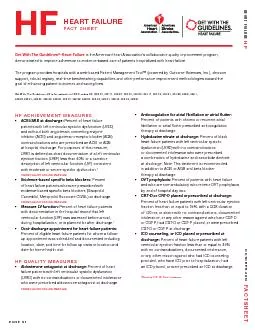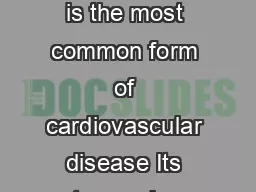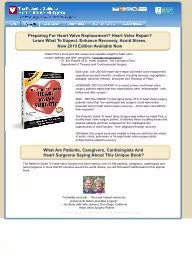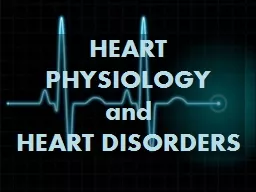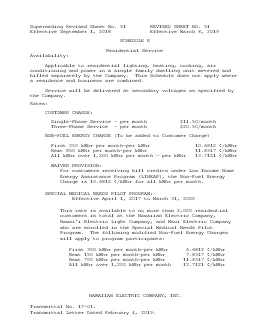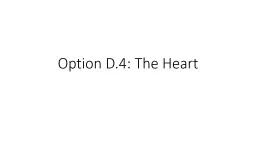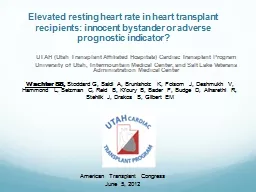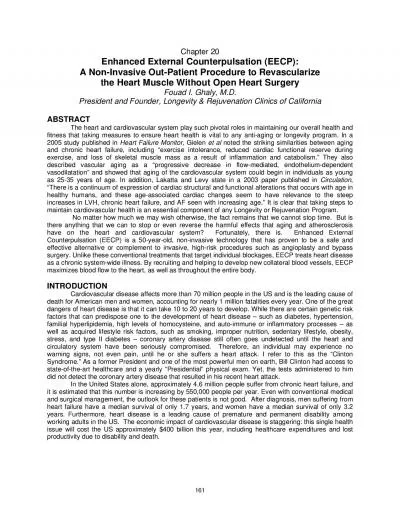PDF-HEART FAILUREFACT SHEET
Author : phoebe-click | Published Date : 2016-12-11
PAGE 01 HEART FAILURE OCTOBER 2013 FACTSHEET Heart Failure is the American Heart Association146s collaborative quality improvement program demonstrated to improve
Presentation Embed Code
Download Presentation
Download Presentation The PPT/PDF document "HEART FAILUREFACT SHEET" is the property of its rightful owner. Permission is granted to download and print the materials on this website for personal, non-commercial use only, and to display it on your personal computer provided you do not modify the materials and that you retain all copyright notices contained in the materials. By downloading content from our website, you accept the terms of this agreement.
HEART FAILUREFACT SHEET: Transcript
Download Rules Of Document
"HEART FAILUREFACT SHEET"The content belongs to its owner. You may download and print it for personal use, without modification, and keep all copyright notices. By downloading, you agree to these terms.
Related Documents

